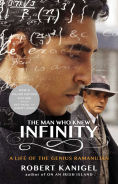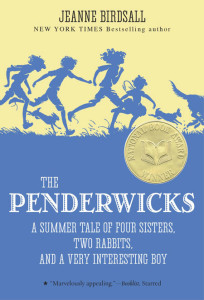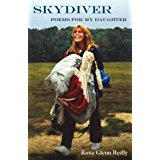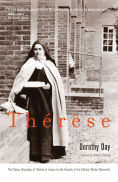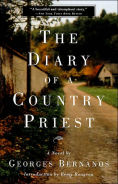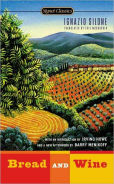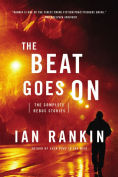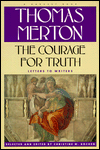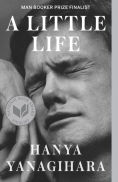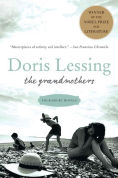Subtitled “A Life of the Genius Ramanujan”, tthis dual biography tells the story of one of the world’s greatest mathematicians and the man whose support made him known to the world. Their stories raise questions pertinent to today’s societies about prejudice, privilege and education.
Ramanujan was born in southern India 1887. Although his family was Brahmin, they were not wealthy. Ramanujan’s mother treated him like a little prince, probably in part because he was her only child until he was ten. From his first experience with school at age five, he rebelled against its teachers and rules. “Even as a child, he was so self-directed that, it was fair to say, unless he was ready to do something on his own, in his own time, he was scarcely capable of doing it at all.”
Anyone with a gifted child in a bureaucratic school can recognise this situation, but Ramanujan’s gifts were so extraordinary that, once he discovered mathematics, he could not bring himself to work on anything else. As a result, he failed the all-important exam which dictated who could go to university.
Kanigel’s story details Ramanujan’s obsession with mathematics and subsequent struggle for recognition and for the means to support himself and his family. By the time Ramanujan came to Trinity College, Cambridge, as a result of a letter to G. H. Hardy, he’d reinvented much of the then-current mathematical theory that hadn’t been available to him at home and gone far beyond it. Even today mathematicians are building entire careers working on portions of the book of theorems he brought with him to England.
Caught by the Great War, Ramanujan stayed at Trinity from 1914-1918, working with Hardy and others. Kanigel details his difficulties with the cultural differences, the racial prejudice he encountered, and his own personality. Perhaps most significant was the problem of simply getting enough to eat. A devout Brahmin, Ramanujan would not eat anything with an animal product in it. Today that would not be a problem, but at that time there was little he could eat and even that diminished with wartime restrictions. The effect on his health from a poor diet, the cold climate, and his passion for his work was catastrophic. In 1918 he went home to India near death from tuberculosis.
As in other nonfiction, writing a biography presents certain challenges. You want to write an engaging story, but unless the subject has left revealing diaries or letters, you don’t have access to their emotions and motivations. Despite years of research, you may still be missing information about critical areas of your subject’s life, but you cannot just make up things to fill in the gaps. If you speculate about his or her feelings, you must be sure your readers know that’s what you’re doing.
If in the end I felt I knew more about Hardy as a person than about Ramanujan, that says more about me and my prior knowledge than the book. It was also probably unavoidable since Hardy lived longer and wrote and spoke much more than the man he championed. Given that Ramanujan’s only writings were professional papers and a few letters, Kanigel does a good job of teasing out the internal and external forces working on him. One of the most interesting aspects of Ramanujan’s personality that Kanigel brings out is the Brahmin’s blend of science and spiritualism.
An added difficulty is that your subject’s area of expertise may be too esoteric to easily present to a lay reader. Kanigel does an excellent job of presenting tidbits of mathematics in easily digestible chunks anyone can understand. The reader can certainly skip over them without losing the story, but reading them helps deepen your appreciation for Ramanujan’s extraordinary accomplishments.
The relevance of his story for us today is best captured in this quote from Nehru’s Discovery of India, provided by Kanigel:
Ramanugan’s brief life and death are symbolic of conditions in India. Of our millions how few get any education at all; how many live on the verge of starvation . . . If life opened its gates to them and offered them food and healthy conditions of living and education and opportunities of growth, how many among these millions would be eminent sceientists, educationaists, technicians, industrialists, writers, and artists, helping to build a new India and a new world?
It’s impossible not to apply Nehru’s words to our own slums and impoverished rural communities, plagued by poor education, food insecurity, vanishing job prospects, and often inadequate health care. What geniuses are lost to us? As Kanigel ably points out, we cannot rely on the bromide that genius will out. Ramanujan’s story shows how much was lost by his long obscurity and early death, how many times his eventual recognition hung in a precarious balance.
Today’s uber-wealthy, comfortable in their gilded fortresses, may write off great swathes of people, but by doing so they may be depriving themselves of the person who might one day have cured their cancer or discovered a new and more profitable energy source.
It’s no wonder Ramanujan’s story has gripped the imaginations of so many people. It is inspiring to see what a single mind may be capable of. And sobering to see how easily it could be defeated by society’s strictures.
Have you seen the film or read the book? What did you think?
